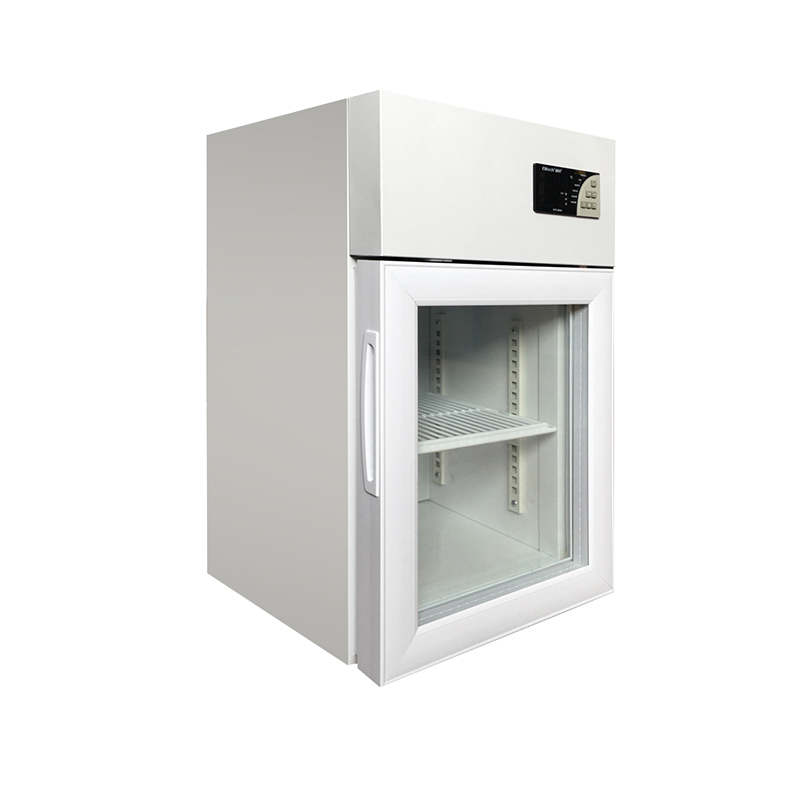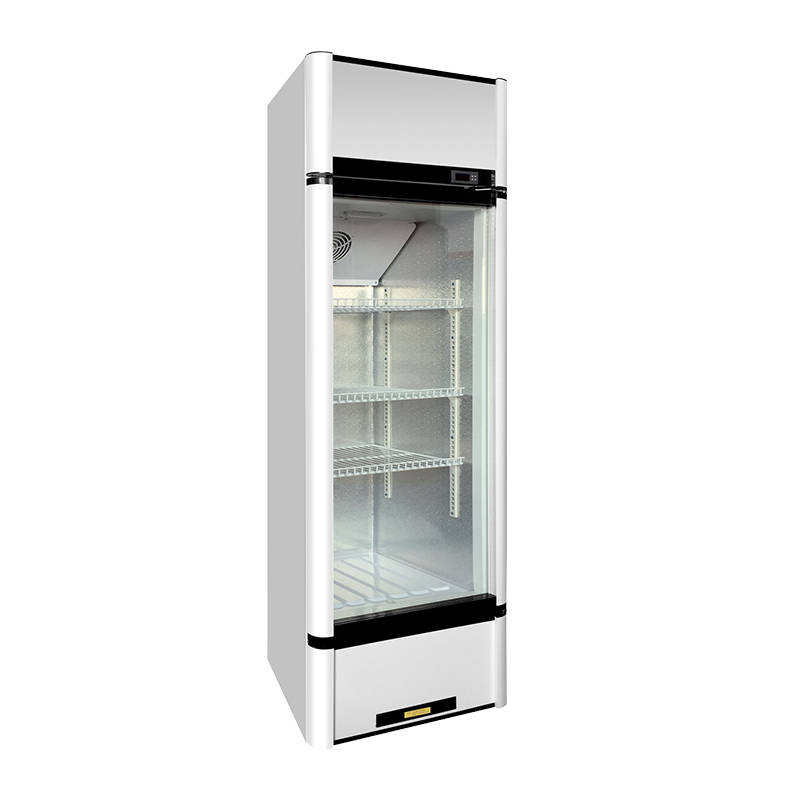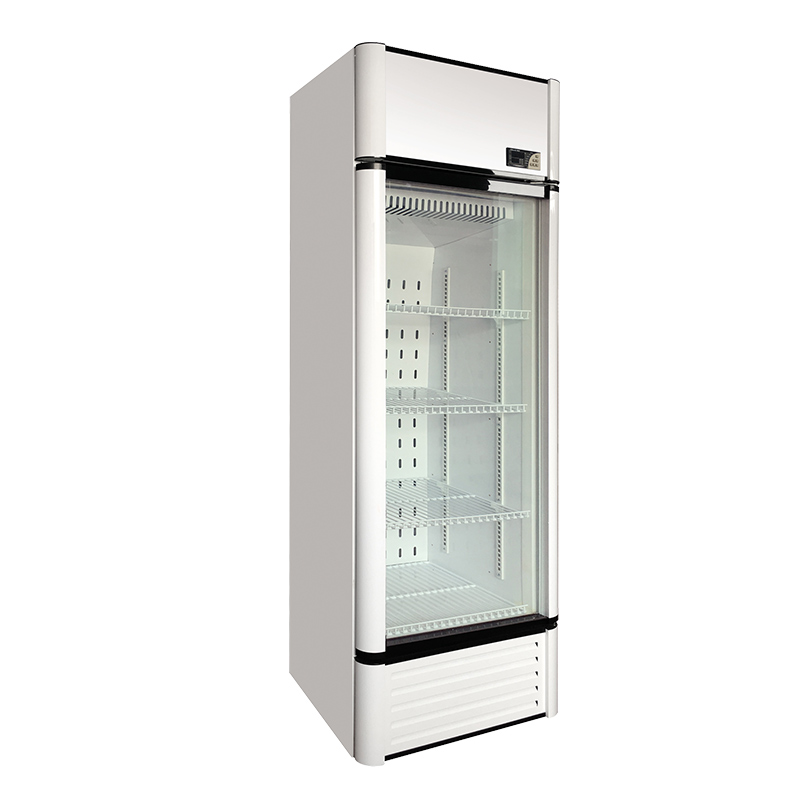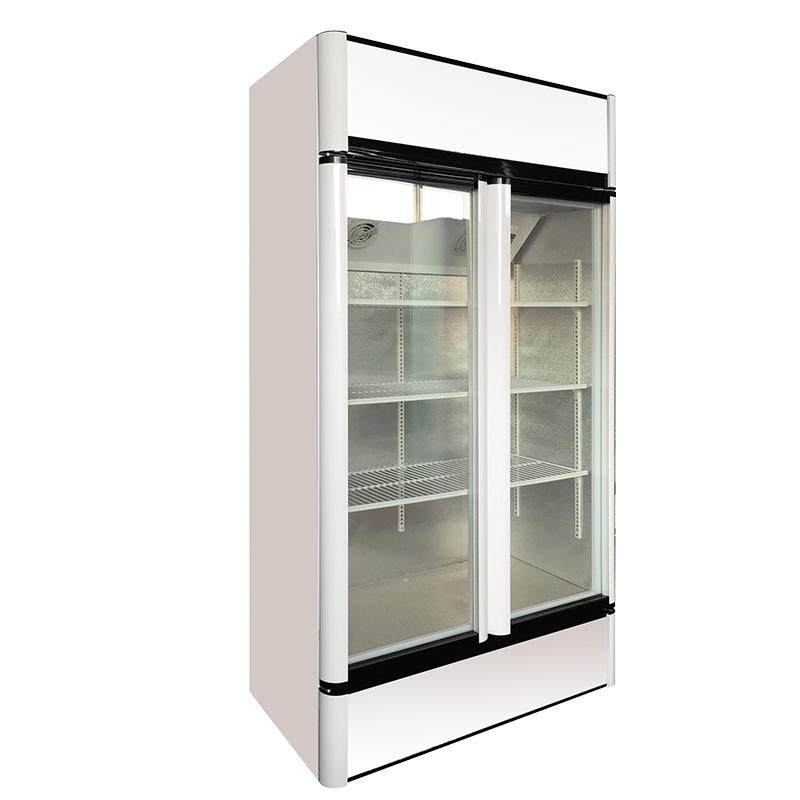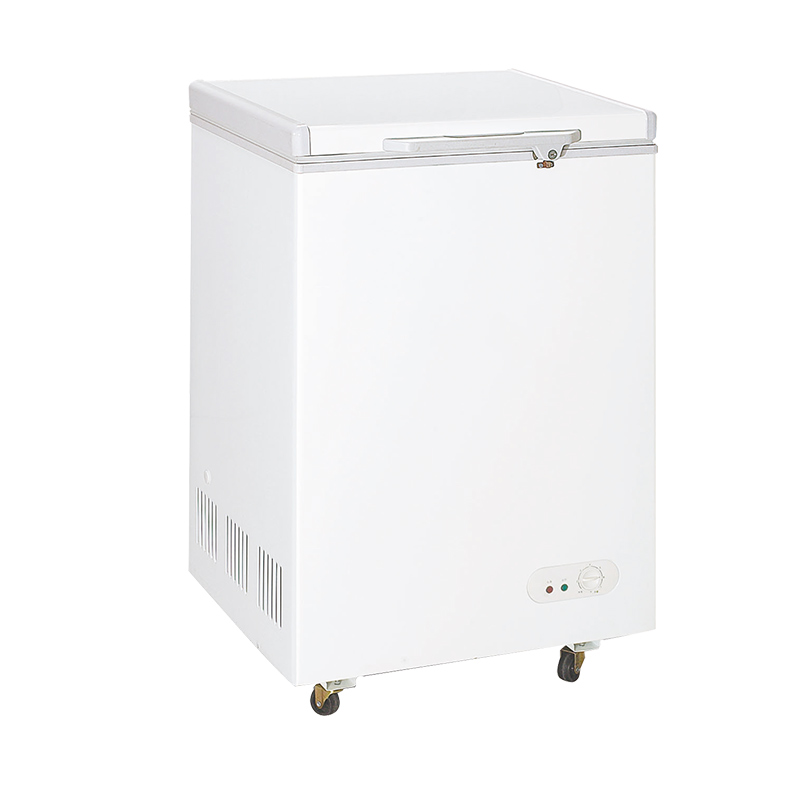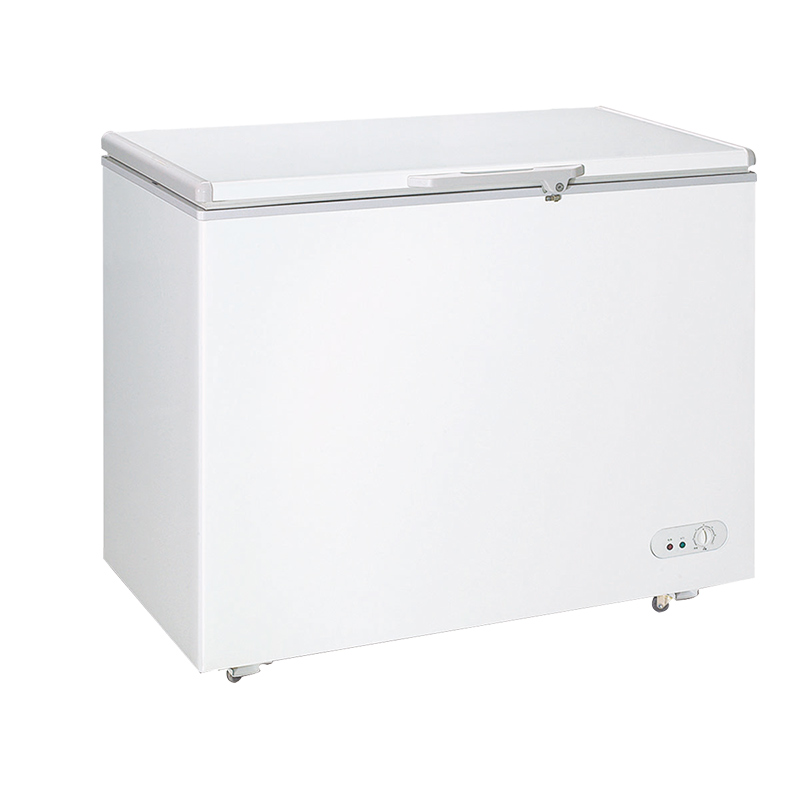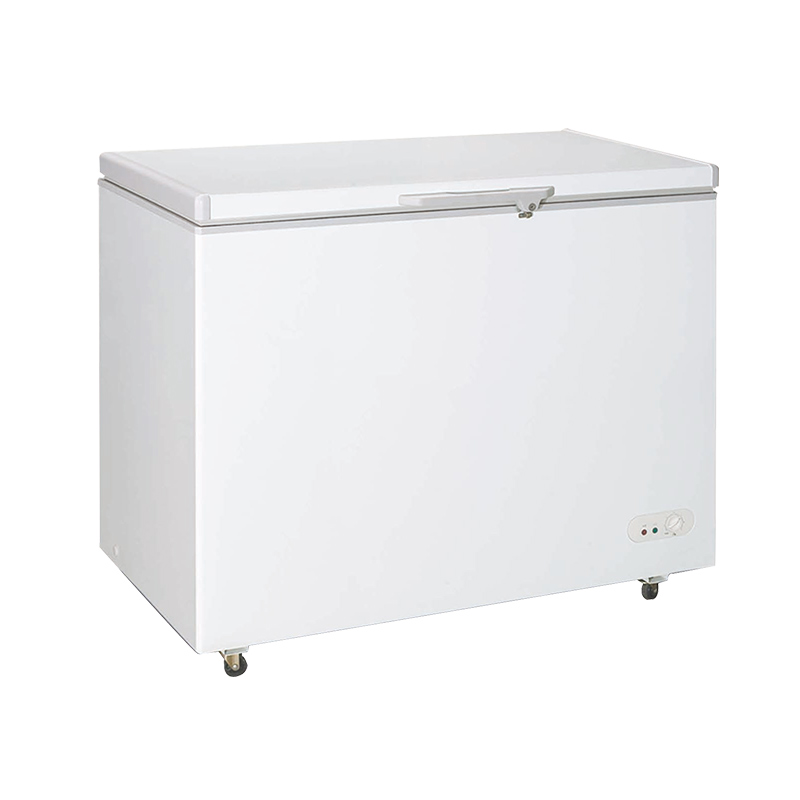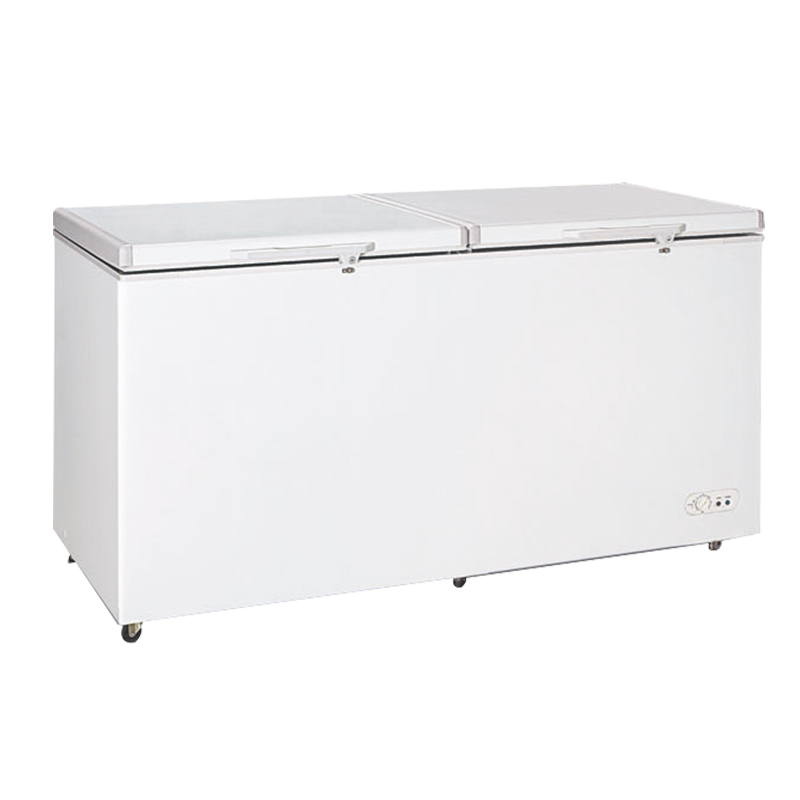Planning the line layout for washing machine production is a crucial step in optimizing the manufacturing process for efficiency, quality, and safety. The layout should consider the flow of materials, equipment placement, and workflow to ensure a streamlined production process. Here's a general plan for a washing machine production line layout:
1. Facility Selection:
Choose a suitable facility that provides ample space for production, storage, and logistics. Consider factors like accessibility, proximity to suppliers, and compliance with safety and environmental regulations.
2. Raw Material Storage:
Allocate an area near the entrance of the production facility for the storage of raw materials and components, such as stainless steel drums, plastic housings, motors, and electronic parts.
3. Receiving and Inspection Area:
Establish a dedicated area for receiving incoming materials. Implement quality control checks to inspect and verify the quality and quantity of materials before they enter production.
4. Assembly Line:
Design the main assembly line where the washing machine production will be put together. The line should be organized in a sequential manner, with workstations for each assembly step. Consider the following stations:
Frame and Housing Assembly: Assemble the frame and housing components.
Drum Installation: Install the stainless steel drum.
Motor and Drive System Installation: Install the motor, drive belts, and related components.
Control Panel and Electronics Installation: Mount the control panel, wiring, and electronic controls.
Water Inlet and Drainage System: Add water inlet valves, hoses, and drainage components.
Sensors and Safety Features: Incorporate sensors and safety mechanisms.
Wiring and Electrical Connections: Connect all electrical components and sensors.
Tub Seal and Gaskets: Install seals and gaskets to prevent leaks.
Testing and Calibration: Perform functional testing and calibration.
Cosmetic Finishing: Clean, polish, and label the washing machines.
5. Quality Control Stations:
Implement quality control checkpoints at various stages of assembly to ensure that each unit meets safety and performance standards. Quality control personnel should conduct inspections and testing as needed.
6. Packaging Area:
Set up a dedicated area for packaging the finished washing machines. Packaging materials, including boxes, foam padding, and protective films, should be easily accessible.
7. Finished Goods Storage:
Allocate space for storing finished washing machines before they are shipped to distributors or retailers. Implement proper organization and inventory management systems.
8. Logistics and Shipping:
Establish a shipping and logistics area near the exit of the facility for loading and unloading products. Ensure efficient access for trucks and delivery vehicles.
9. Maintenance and Tool Storage:
Designate an area for equipment maintenance and tool storage. Tools and spare parts should be readily available for maintenance and repairs.
10. Employee Amenities:
- Include facilities like break rooms, restrooms, and locker rooms to support the comfort and well-being of production staff.
11. Safety Measures:
- Ensure that safety measures, such as emergency exits, fire extinguishers, and first-aid stations, are strategically placed throughout the facility.
12. Workflow and Material Flow:
- Optimize the layout to ensure a smooth material flow and minimize unnecessary movement. Consider implementing a "just-in-time" inventory system to reduce storage space and improve efficiency.
13. Ergonomics and Workstation Design:
- Design workstations with ergonomics in mind to reduce the risk of employee injuries and fatigue.
14. Flexibility and Scalability:
- Plan for flexibility and scalability in the production line layout to accommodate changes in production volume or product variations.
15. Compliance and Regulations:
- Ensure that the production line layout complies with local safety, environmental, and labor regulations.
16. Continuous Improvement:
- Regularly review and optimize the production line layout based on feedback, efficiency metrics, and changing production needs.
Effective planning and layout design play a critical role in achieving efficient and cost-effective washing machine production. Regularly assess and refine the layout to adapt to evolving production requirements and technological advancements.


 English
English عربى
عربى